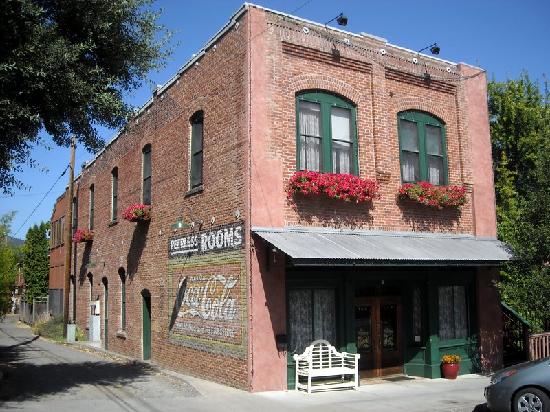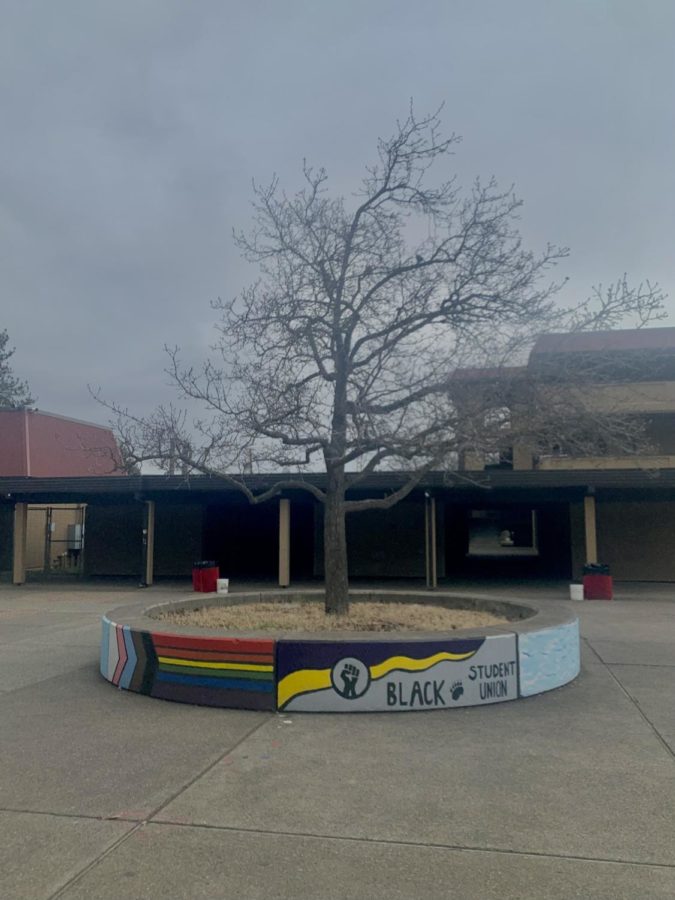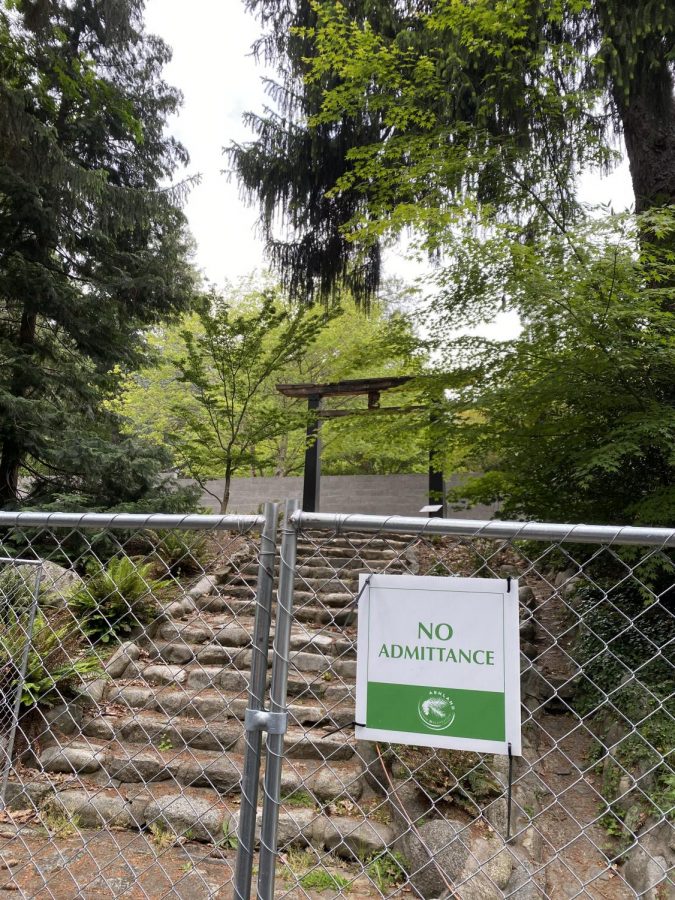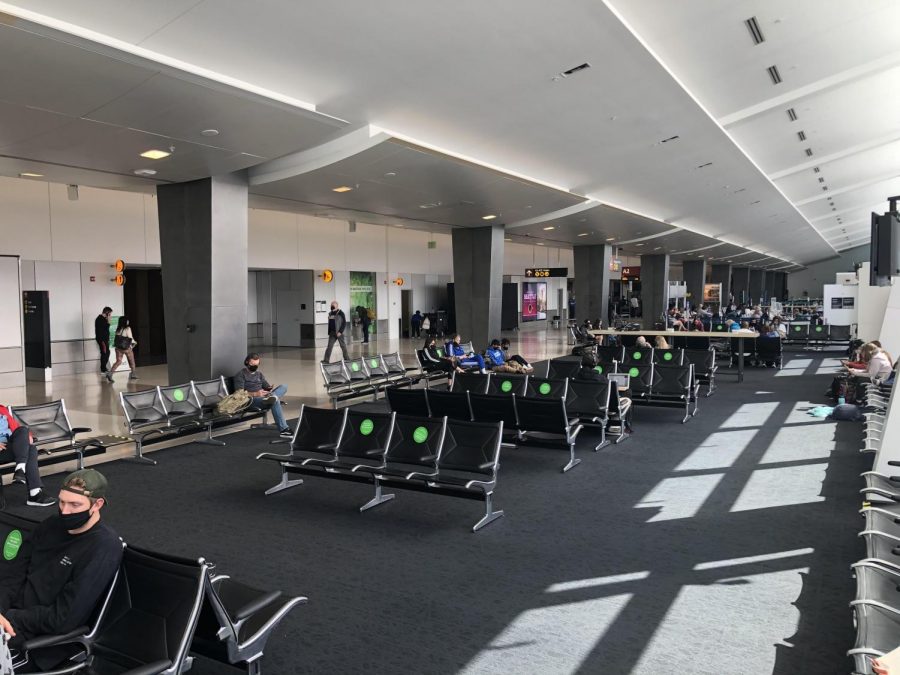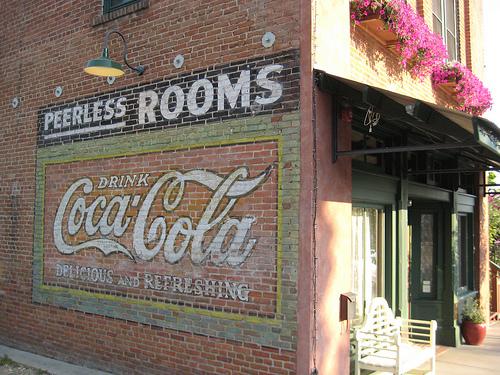 Preachers denounced it as the Sin City of the West: Ashland, Oregon. Ashland is a woman with a dark and roguish past full of carnal delight – a layer of history concealed beneath the modern oasis of culture and refinement nestled within a bountiful agricultural bounty spawned by the Rogue River between the merging mountain ranges.
Preachers denounced it as the Sin City of the West: Ashland, Oregon. Ashland is a woman with a dark and roguish past full of carnal delight – a layer of history concealed beneath the modern oasis of culture and refinement nestled within a bountiful agricultural bounty spawned by the Rogue River between the merging mountain ranges.
Ashland was founded on an old Shasta Indian village with the rush of miners and loggers to the Rogue Valley, but it was not until the late 1880’s, when the conquest of the iron horse was complete along the Pacific, that Ashland became a major hub of transportation and commerce. In the waning years of the century through to World War I, “red-light ladies” became ubiquitous and thrilled the vastly male-dominated local society.
There were varying qualities of promiscuous establishments throughout the Rogue Valley. The lowest, box houses, catered to the working class and the recently-rich but undiscriminating miners and loggers. These were most often located in dance halls that operated more like a saloon than a whore-house: the topless girls would press excessively expensive watered-down alcohol upon patrons beguiled by their immodesty. At the other extreme lay the crème-de-la-crème of tasteful entertainment for amorous gentlemen, situated in large parlor houses with the appearance of manors upon wealthy estates. At these establishments, the clients would actually spend hours chatting with the ladies while sipping choice liquor before making their decision upon which lady to favor for the evening. The clients of these premier houses would often tarry until morning, and were treated with courtesy and without impatience to ensure their future patronage.
Behind the scenes, a few shrewd businesswomen saw an opening to consolidate and streamline the trade and were able to achieve great success. These colorful women who ran these emporia were each referred to as the “madame” of the house. This signified that they were like mothers to the girls whose services they sold and they offered comfort, stability and a future livelihood to women whom society had rejected. These madames often ran brothels within hotels. The respectability of these hotels allowed this licentious business to continue for as long as it did.
One famous brothel of high repute was Big Eva’s Peerless Rooms in Ashland, which has continued satisfying patrons for more than a century in a different form as The Peerless Hotel and The Peerless Restaurant & Bar. The railroad district of Ashland then was what the red-light district of Amsterdam is today. Oregon outlawed prostitution in the mid 1860s, but the decline of this concupiscent commerce came but slowly in the Rogue Valley at the end of The Great War. By that time the Valley had a growing community of settled families rather than the rough miners and loggers of the last century, so Medford’s City Council commenced pronouncements and legislation for “moral clean-up in Medford.” Ashland and Jacksonville followed suit.
This crackdown left the women of the business to seek other means to support themselves. Some had achieved financial independence and could establish themselves in society while others were forced down other avenues. Fanciful names such as French Rita and Wild Rose were abandoned for conventional and names as the painted ladies assimilated back into society. As these many women of the trade moved on into a future of respectability, so has Ashland, now known as a distinctive center of culture in the Pacific Northwest.

